This request seems a bit unusual, so we need to confirm that you’re human. Please press and hold the button until it turns completely green. Thank you for your cooperation!
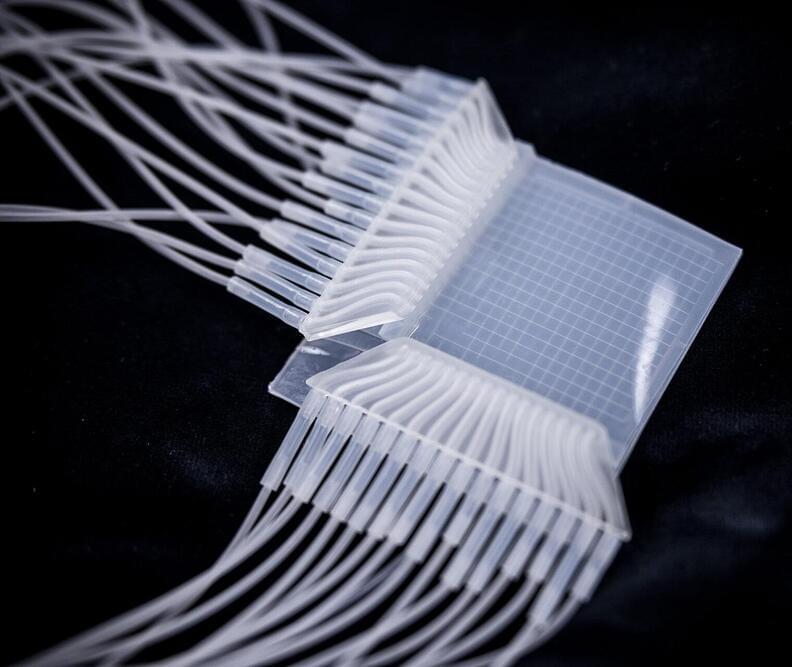

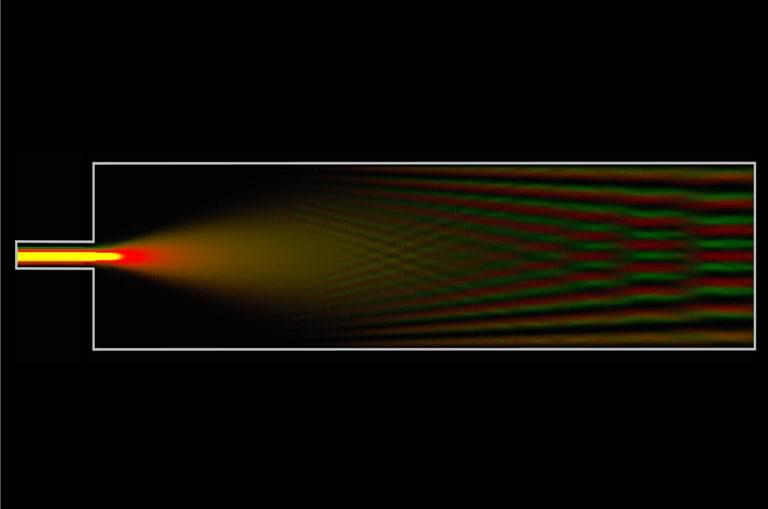
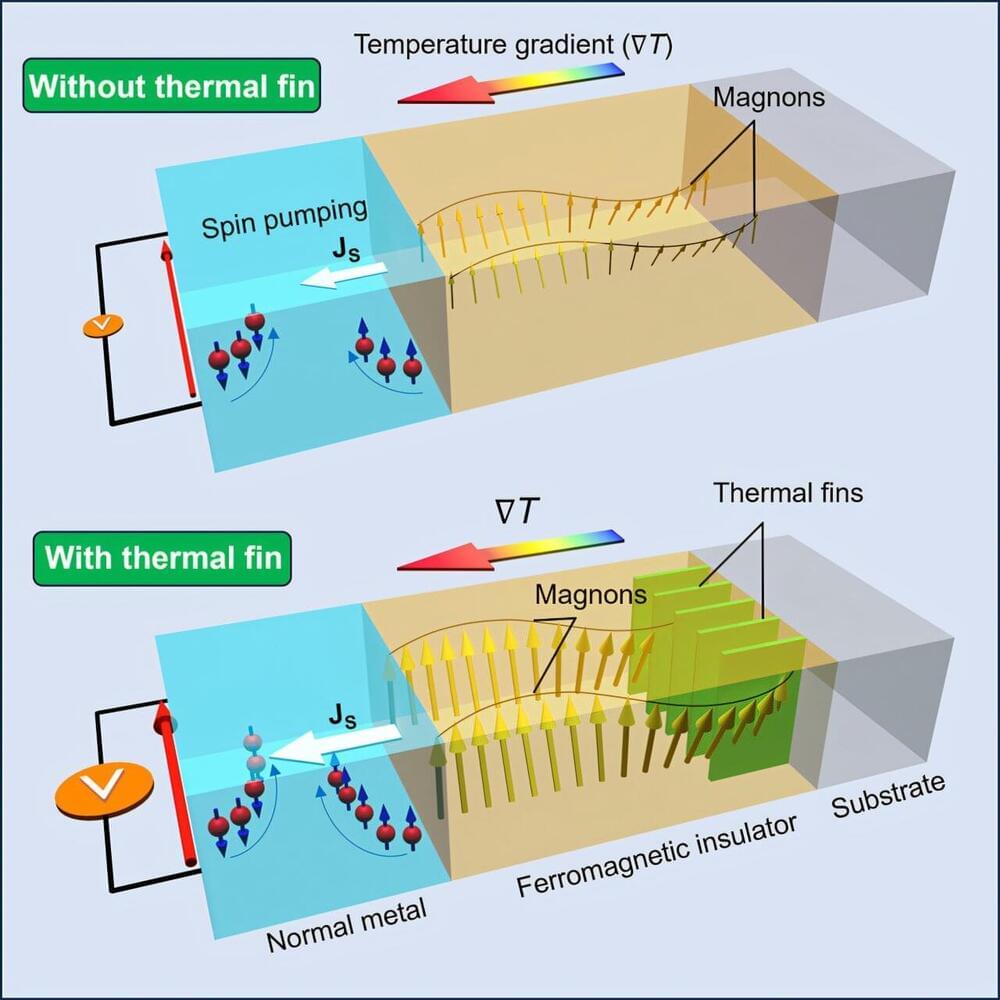
A research team has made a breakthrough in significantly enhancing the commercial viability of spin wave harnessing technology. This innovation is being heralded as a next-generation technological solution to the persistent issue of heat generation in electronic devices. The research findings were published on September 26 in the online edition of Matter.
Jetson Founder Tomasz Patan is clearly getting very comfortable with the Jetson One eVTOL’s flight control system … Watch him wrench the controls around to show off how sharply – and safely – this thing can handle tight turns in flight.
Multicopter drones were revolutionary little gadgets when they started to appear on the scene for a number of reasons, but one was their highly automated fly-by-wire control systems. No human could manually control motor speeds on upwards of four rotors simultaneously, but a sensor-equipped flight control system certainly could – hence, drones like the DJI Phantom were able to automatically lift off and land, maintain altitude if required, and self-balance against wind gusts to hover in place, while also responding quickly to a pilot’s commands.
This is part of the promise with eVTOL aircraft – some of which, like the Jetson One, are really best described as great big multicopter drones a person can sit in.
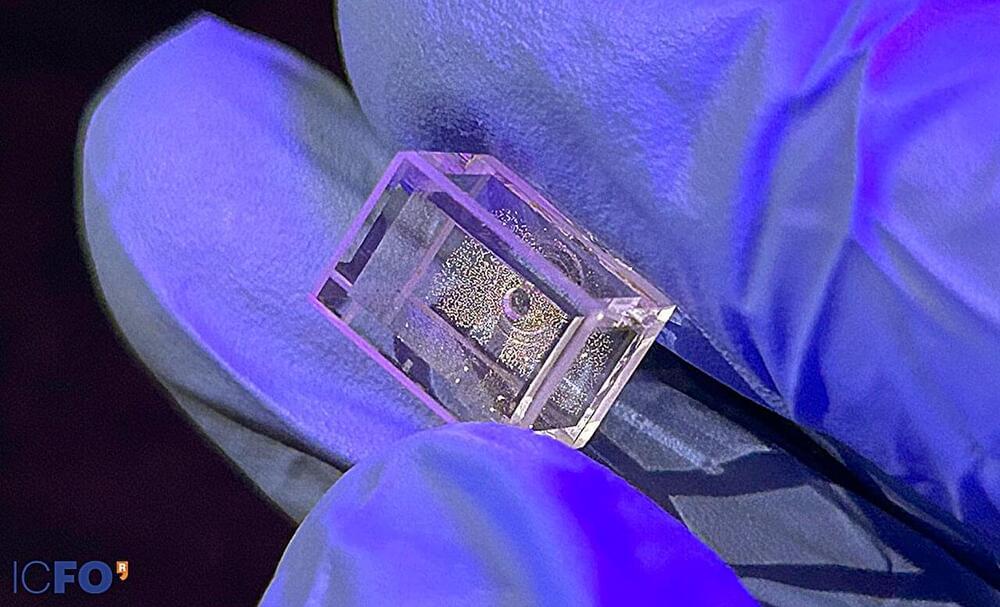
Magnetic resonance imaging (MRI) has long been a cornerstone of modern medicine, providing highly detailed images of internal organs and tissues. MRI machines, those large, tube-shaped magnets commonly found in hospitals, use powerful magnets to map the densities of water and fat molecules within the body.
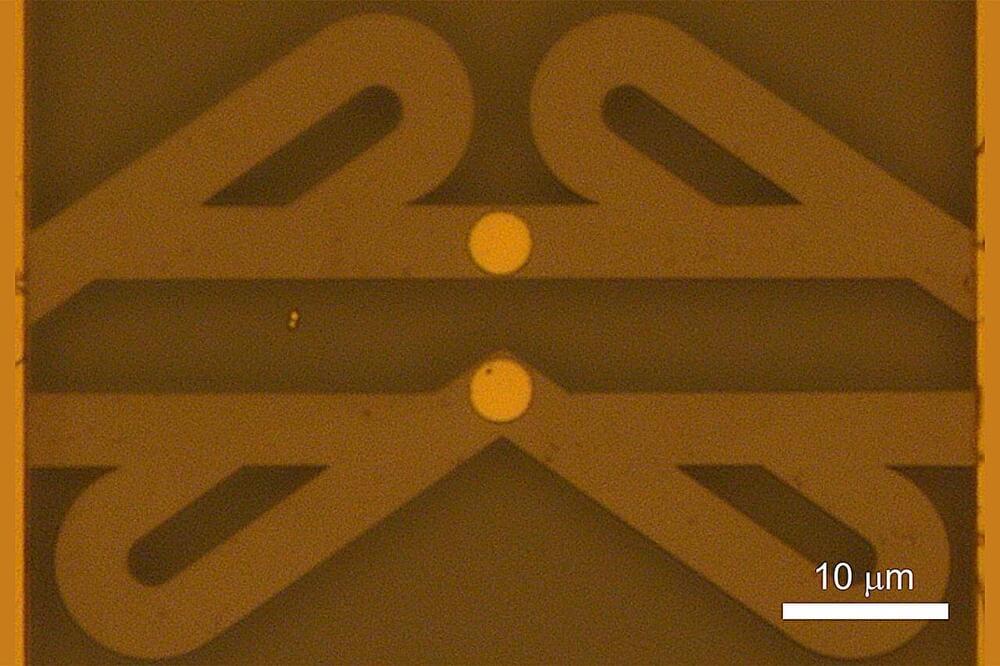
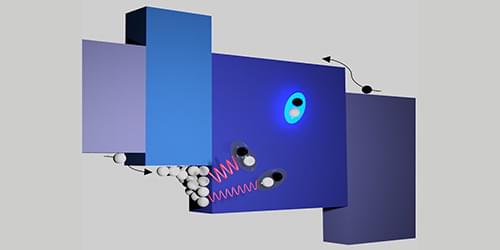
OLED performance depends on the behavior of electron–hole pairs, or excitons, that form within the emissive layer of the device. High efficiencies can be obtained when most of the excitons produce light as they decay, but some excitons can be lost without emitting light through a process known as exciton–polaron quenching (EPQ).
EPQ was believed to occur mainly within the bulk of the emissive layer, but recent studies have suggested that significant quenching can take place at the interface with the adjacent device layers. To isolate this energy-loss channel, the researchers designed a series of bilayer devices that allowed them to identify three physical factors that govern interfacial EPQ in any OLED device. They found that the dominant factor is the effect of the energy barriers experienced by electrons and holes at the interfaces: A barrier higher than about 0.2 eV leads to greater interfacial EPQ, which causes a significant drop in emission efficiency.
Armed with this knowledge the researchers engineered OLED devices to minimize losses from interfacial EPQ, which resulted in efficiency enhancements for red, green, and blue devices of 70%, 47%, and 66%, respectively. The loss mitigation also increased the lifetime of blue OLEDs by as much as 67%, an important result for creating long-lived full-color displays.
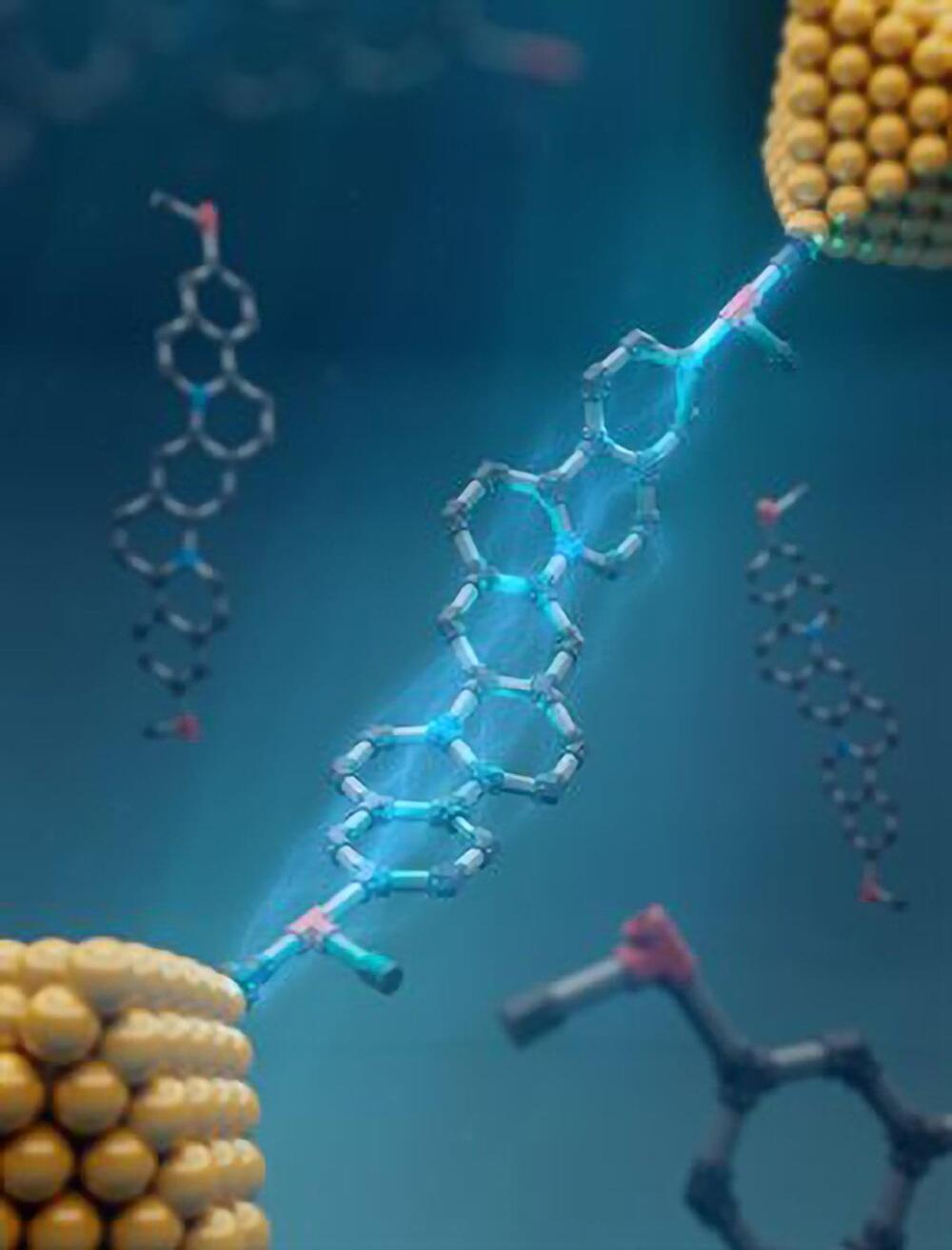
University of Illinois researchers have innovated in molecular electronics by creating stable, shape-persistent molecules with controlled conductance, using a new synthesis method, paving the way for more reliable miniaturized electronic devices.
As electronic devices keep shrinking, physical size limitations are starting to hinder the trend of doubling transistor density on silicon-based microchips every two years, as predicted by Moore’s law. Molecular electronics, which involves using single molecules as the fundamental components of electronic devices, presents a promising avenue for further miniaturizing small-scale electronics.
Devices that utilize molecular electronics require precise control over the flow of electrical current. However, the dynamic nature of these single molecule components affects device performance and impacts reproducibility.

MIT researchers developed an extraordinary camera capable of capturing 1 trillion frames per second, fast enough to record the movement of light.
This means it can film events that happen at speeds too quick for the human eye to perceive, like the way light travels through objects. The camera uses a technique called streak camera imaging, allowing scientists to visualize and study ultrafast phenomena.
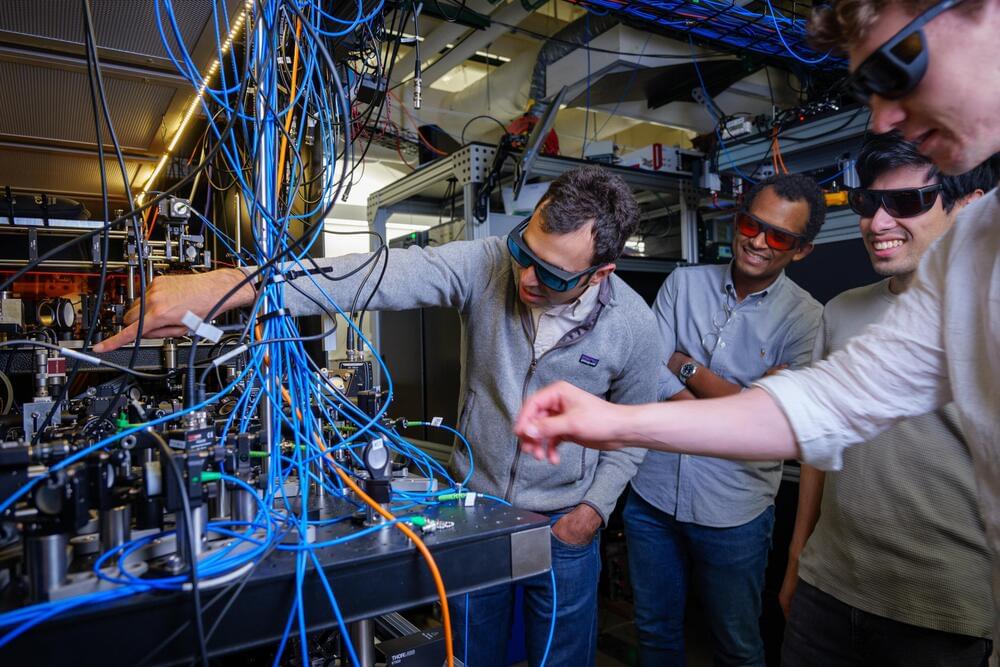
It’s not your ordinary pocket watch: The researchers showed that, at least under a narrow range of conditions, their clock could beat a benchmark for precision called the “standard quantum limit”—what physicist Adam Kaufman refers to as the “Holy Grail” for optical atomic clocks.
“What we’re able to do is divide the same length of time into smaller and smaller units,” said Kaufman, senior author of the new study and a fellow at JILA, a joint research institute between CU Boulder and NIST. “That acceleration could allow us to track time more precisely.”
The team’s advancements could lead to new quantum technologies. They include sensors that can measure subtle changes in the environment, such as how Earth’s gravity shifts with elevation.